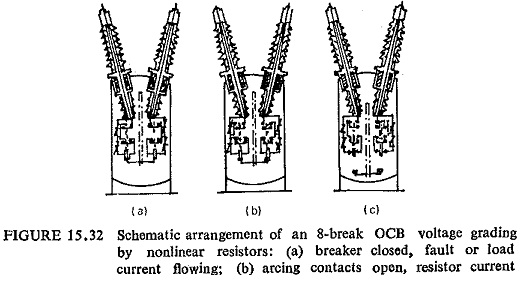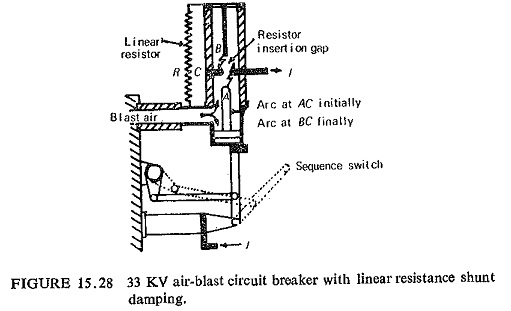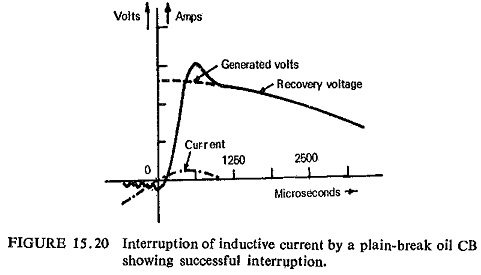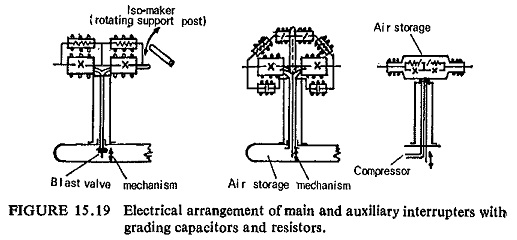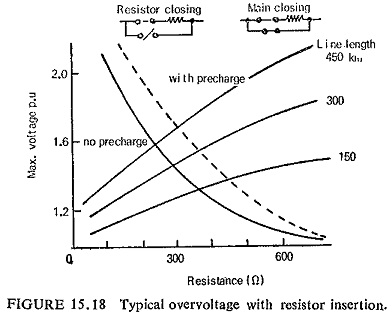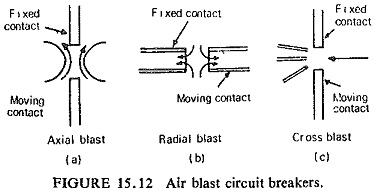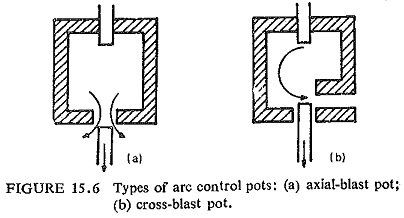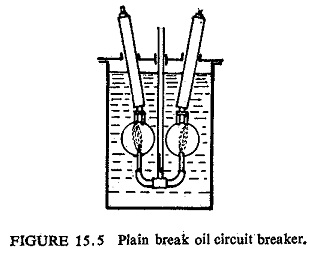Merits and Demerits of Types of Conventional Circuit Breakers
Merits and Demerits of Types of Conventional Circuit Breakers: Having studied the operational principles, the constructional features and fields of application of the bulk oil, minimum oil and air-blast circuit breakers, it would be worthwhile…
